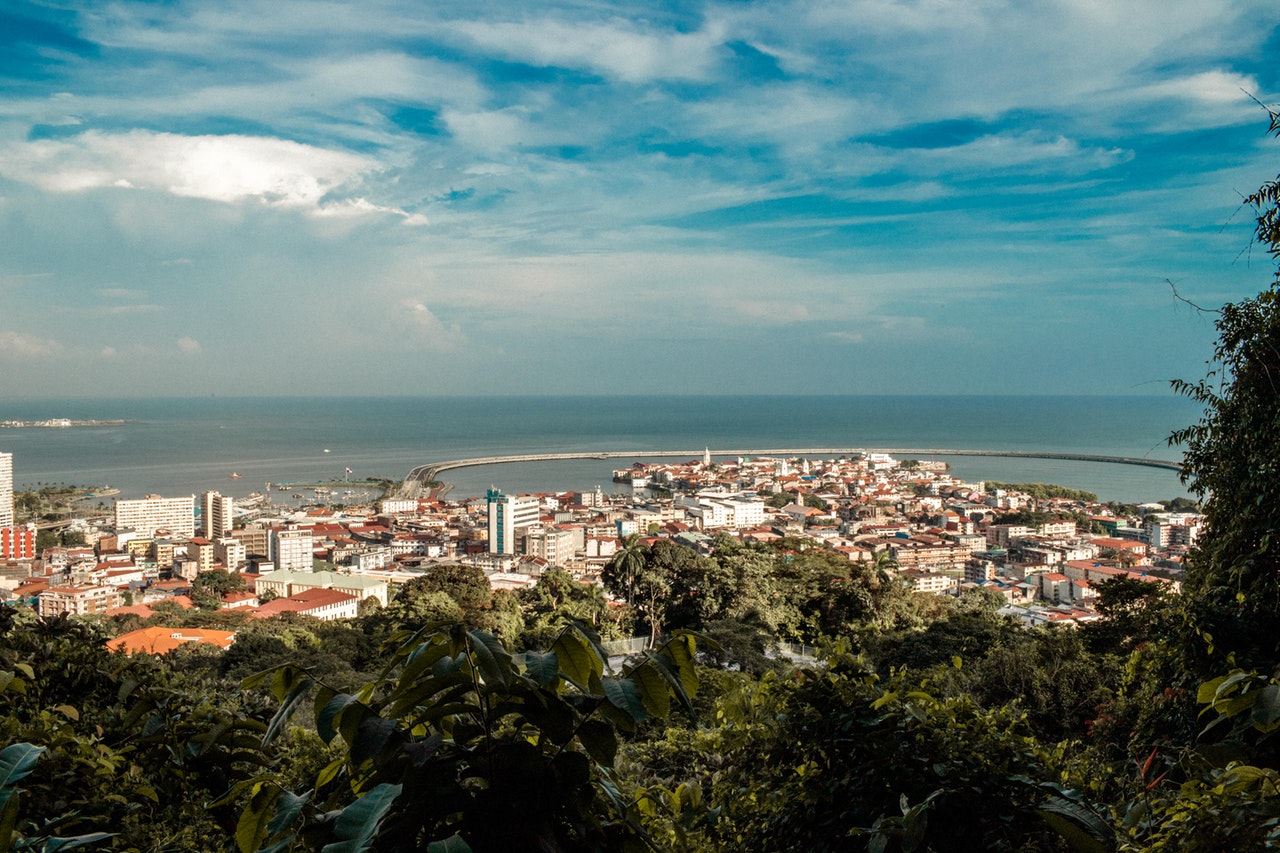Latin America rarely fails to disappoint tourists, thanks to its rich cultural variety and warm embracements of newcomers. According to a recent expat survey, Mexico and Colombia are ranked as two of the most welcoming countries for foreigners in the world, including foreigners who don’t speak Spanish! When planning a trip to Latin America, some helpful parameters on can keep you safe and lower the costs of travel expenses to fully prepare for the trip of a lifetime.
Keeping Safety First
Most of Latin American is highly safe for visitors, but there are notorious trouble spots that are best to avoid as a newcomer. Venezuela, especially Caracas and near the Colombian border, is particularly volatile, as is the Northern border of Ecuador. Realistically, the most common form of tourist crime in Latin America is pickpocketing. The normal rules for avoiding pickpocketing apply: keep cash concealed discreetly, walk with a purpose, and avoid wearing flashy jewelry. It is also wise to choose a comprehensive travel insurance plan prior to your journey, which can reimburse you for lost items or medical expenses on your trip. When looking for travel insurance, it’s important to read the fine print before choosing a plan: many options do not include coverage for sports accidents, such as snorkeling or white water rafting, which may be part of your itinerary.
Planning Your Itinerary
Unlike Europe, countries in Latin America are spread farther out from each other, so intercontinental travel eats up more of your vacation time. It’s important to be realistic about how much you can expect to see in one journey: try to spend at least three days in each destination to do the place justice. Since flights are generally the biggest expense, always start with planning flights first: once you book tickets you can form your itinerary from there.
Picking Up Spanish
Most English-speaking vacationers get by on little to no Spanish when traveling across Latin America. However, strengthening your Spanish skills will always enhance a trip abroad, particularly if you are staying in remote pueblas and looking to make friends. Prior to arriving, practice your language skills by Spanish watching movies and television shows with English subtitles: this is also a good way to learn slang words and colloquial Latin American phrases you are likely to encounter. ¡Buena suerte!
Throughout Latin America, various Afro, European, and indigenous cultures mix to form a unique strand of cultural diversity. Whether you’re surveying Buenos Aires street food or eco-lodging in Lake Titicaca, incoming travelers can expect to be surprised by just how much Latin America has to offer them.






